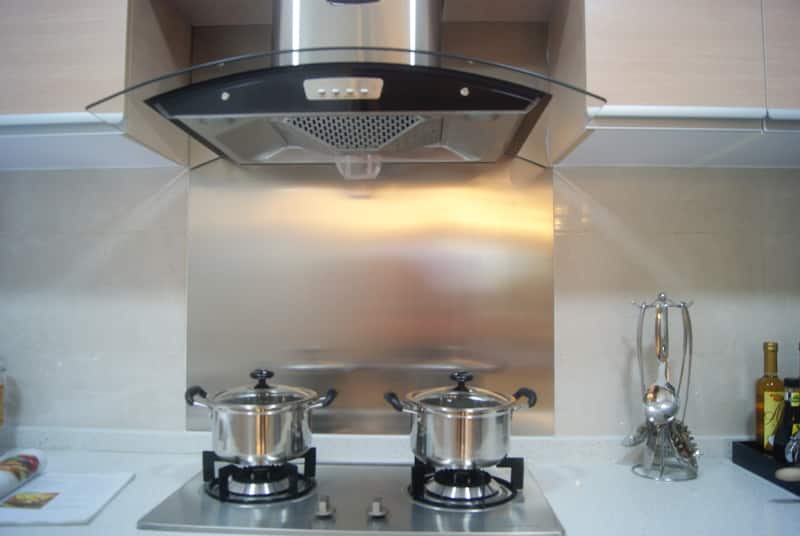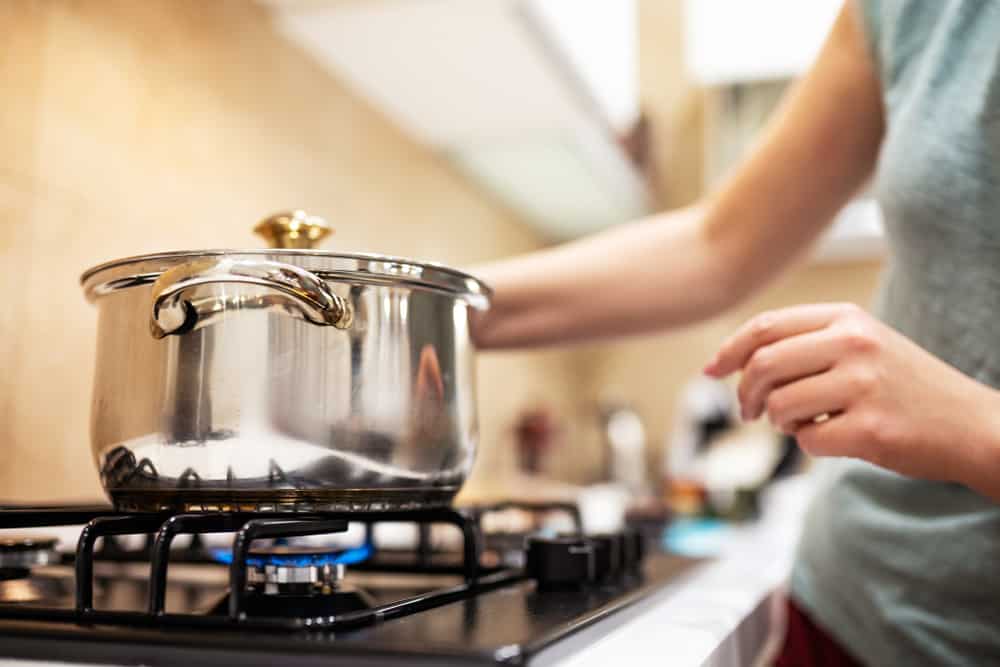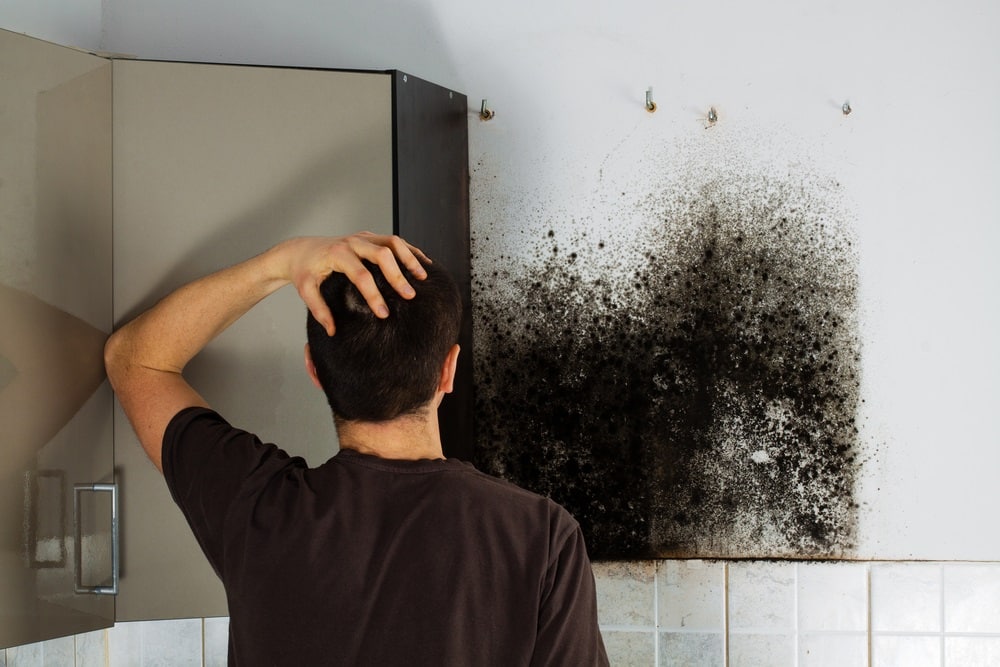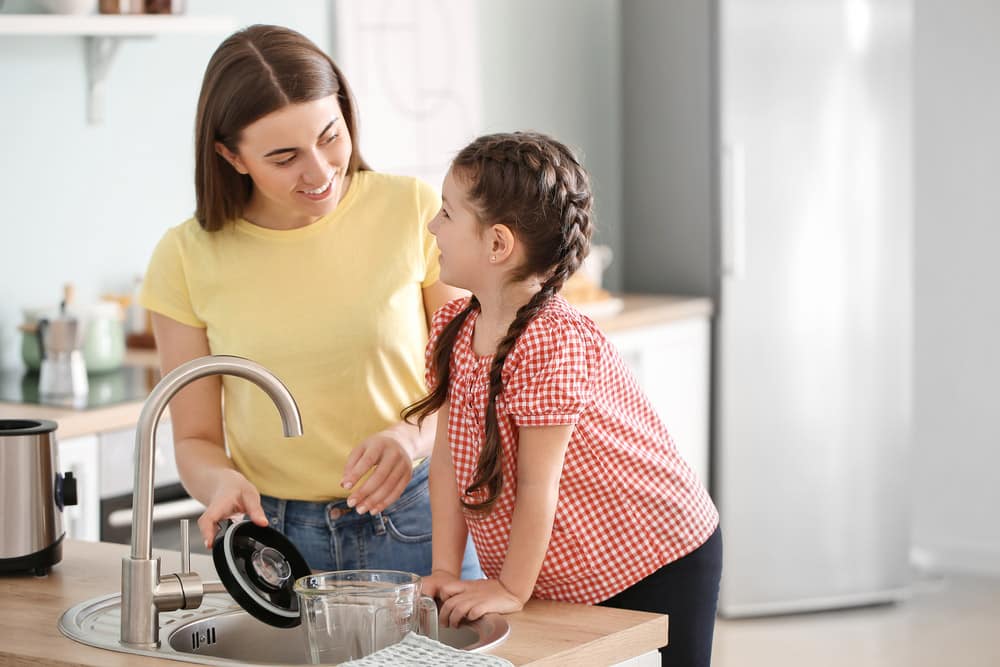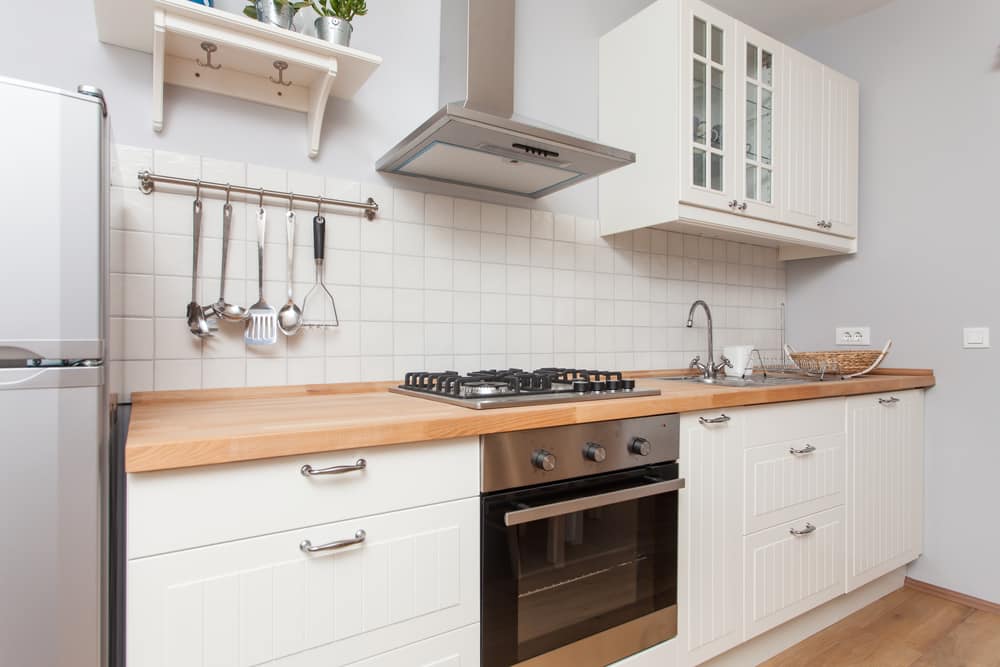
There are many reasons why people invest in a gas stove. They are fast, cost-effective, and they heat up instantly.
They’re a lot safer than ever, but having said that, a gas stove still needs to be installed by a registered gas stove installation expert. These experts assess your home and look at how they can arrange your vent pipes.
It’s always important to have a gas stove installation expert do the venting because some homes don’t have the space to hide ducts. Then what? Then the expert might recommend a ductless range hood.
Sometimes these installation experts will take your vent piping through the wall, but the piping can also go through the roof.
These venting systems or range hoods come in different sizes, but they basically work the same way. The idea is to turn on the range fan as soon as you start cooking to get rid of toxic fumes.
You need to be fussy with the maintenance of the venting system.
Improving kitchen ventilation also requires the homeowner to be fussy with the maintenance of the venting system. The filter will need to be changed regularly, and the entire venting system will need to be cleaned as soon as you detect grease buildup.
Do You Need a Vent for A Gas Stove?
You’ve got health concerns without proper venting.
Gas stoves do produce harmful particles that are harmful to people, particularly those who already have respiratory conditions.
Gas stoves produce carbon monoxide, nitrogen oxide, nitrogen dioxide, and formaldehyde. Carbon monoxide is particularly dangerous because it is odorless.
The truth is that gas stoves should be properly vented if you’re concerned about your health. Even though there are millions of households using gas stoves in the United States, Americans aren’t being forced to give up their gas stoves—yet.
The Consumer Product Safety Commission, or CPSC, is thinking of banning gas stoves in the United States. This is because of consumer health and safety concerns.
Health experts tell us that there are serious health risks associated with using a gas stove, and this includes exposure to pollutants such as carbon monoxide and others.
The CPSC is doing considerable research on gas emissions in stoves. They’re looking at new ways to address the health risks that come with using a gas stove.
The problem is more real with lower-income households, as they are more likely to live in a home with fewer ventilation opportunities.
Gas stoves DO need a vent.
So do you need a vent for a gas stove? Yes, a gas stove needs a vent. The vent will remove the combustion gasses produced during cooking on a gas stove.
Sometimes you will hear the name ‘range hood’ being used—a system mounted above the stove that has a duct that vents outside the home.
There is a fan that draws in air through a filter, expelling it outside. It will be important to clean the filter and the ductwork to ensure proper venting.
This venting is important to remove harmful gasses and moisture, allowing you to breathe healthy air in your kitchen.
Mold-forming moisture is controlled.
The venting system also controls moisture levels in your kitchen. With various pots cooking on the stove, there’s a lot of steam being produced. You’ll see condensation on your windows and walls, which can lead to mold growth.
A venting system will remove excess moisture from your kitchen and prevent mold and mildew from forming. A venting system can help remove excess moisture from your home, keeping your kitchen dry and free from mold and mildew.
Unpleasant odors are removed.
A range hood is a reliable option for keeping your air clean, fresh, and free of toxic particles. A range hood will remove harmful contaminants such as carbon monoxide, but it can also be useful for removing old cooking odors from your kitchen.
Nobody wants to dine out at a smart restaurant and have old cooking odors permeate the seating area. It’s why restaurants and other commercial establishments have a range hood in their kitchens.
Gas stove vent pipes usually go outside the home to exhaust combustion byproducts outside. The location of your vent pipes will depend on several factors but the vent pipes are usually found on a wall near the stove.
Having the vent system properly positioned and installed will improve your indoor air quality and, most importantly, reduce the risk of respiratory problems.
Can’t afford a venting system? Look at other ventilation alternatives.
The truth is that even when a gas stove is off, it can leak natural gas, causing breathing problems and even contributing to cancer. If you simply can’t afford a range hood, don’t despair. Fans are a good alternative if your kitchen doesn’t have a range hood.
There are different window fans available, some even with reversible airflow. Position the fan in such a way that it blows fresh air into the kitchen and removes stagnant air.
If you can’t afford a venting system or a window fan, the next best option is to open windows when cooking with a gas stove. Opening doors and windows allows for a draft so that polluted air is moved around and out of the windows.
Breathe easier with a venting system.
To answer the question, ‘Do you need a vent for a gas stove?’ the answer you get will be “Yes, it comes highly recommended”. The pollutants from a gas stove can be harmful to your health.
There are different types of venting systems, and the type you choose will depend on the position of your stove and the size of your kitchen.
It’s true that it’s not a legal requirement to have a venting system with a gas stove, but if health is a top priority for you, you shouldn’t hesitate to do what you can to introduce cleaner air into your kitchen.
